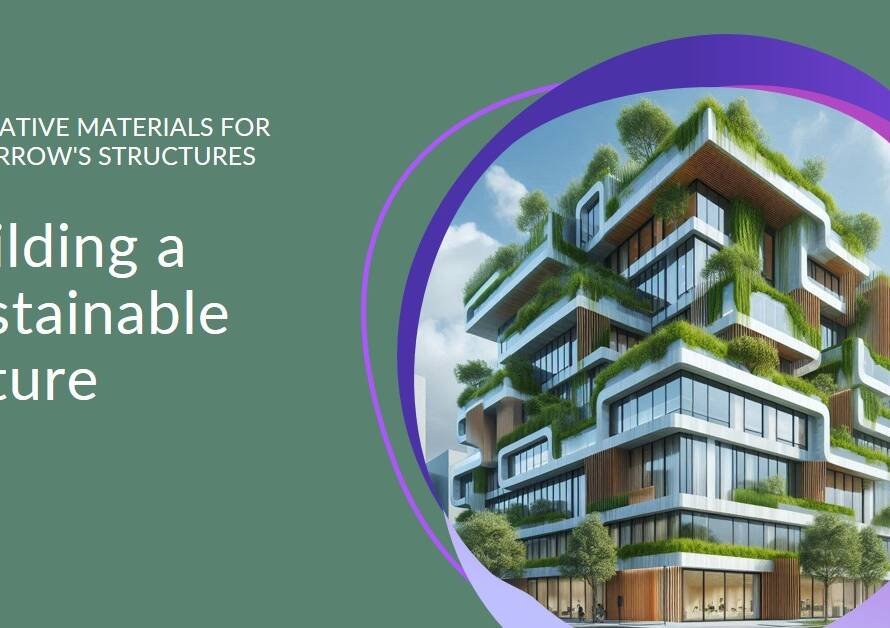
Table of Contents
- Introduction to VR and 3D Modelling
- The Evolution of 3D Modelling
- VR Tools for 3D Modelling
- VR Tools for 3D Modelling
- Enhancing Spatial Awareness and Interaction
- Collaboration in a Virtual Environment
- Applications Across Industries
- Overcoming Challenges in VR Modelling
- The Future of VR and 3D Modelling
- Conclusion: Embracing the VR Revolution
Introduction to VR and 3D Modelling
The integration of Virtual Reality (VR) into 3D modelling represents a significant leap forward in the design and visualization fields. This synergy between VR and 3D modelling offers professionals a more immersive, intuitive, and efficient way to create and manipulate three-dimensional objects. As VR technology continues to advance, its applications in 3D modelling are becoming more prevalent, revolutionizing how designers and engineers approach their work.
In this blog post, we will delve into the world of VR and 3D modelling, exploring how VR enhances the modelling process, the tools and technologies involved, and the impact on various industries. By the end of this exploration, you will have a comprehensive understanding of the transformative power of VR in the realm of 3D modelling.
The Evolution of 3D Modelling
3D modelling has come a long way since its inception. Traditionally, it involved the use of complex software on 2D screens, where designers had to visualize their creations in a three-dimensional space. This method, while effective, often led to limitations in terms of spatial awareness and interaction.
With the advent of VR, these limitations are being addressed. VR allows designers to step inside their creations, providing a first-person perspective that enhances spatial understanding and interaction. This evolution from traditional 3D modelling to VR-enabled 3D modelling is not just a technological advancement but a paradigm shift in how we approach design and visualization.
VR Tools for 3D Modelling
Several VR tools have been developed specifically for 3D modelling, each offering unique features that cater to different aspects of the design process. Tools like Oculus Medium, Google Tilt Brush, and Gravity Sketch are leading the charge, providing intuitive interfaces that leverage the power of VR to enhance the modelling experience.
Oculus Medium, for example,
VR Tools for 3D Modelling
Several VR tools have been developed specifically for 3D modelling, each offering unique features that cater to different aspects of the design process. Tools like Oculus Medium, Google Tilt Brush, and Gravity Sketch are leading the charge, providing intuitive interfaces that leverage the power of VR to enhance the modelling experience
Gravity Sketch combines the best of both worlds, providing a robust platform for both artistic and technical 3D modelling. It allows users to sketch in 3D space, create precise geometric shapes, and collaborate with others in real-time. This collaborative aspect is particularly valuable for design teams, enabling them to work together seamlessly, regardless of their physical location.
Enhancing Spatial Awareness and Interaction
One of the most significant benefits of using VR for 3D modelling is the enhanced spatial awareness it provides. In a VR environment, designers can walk around their models, inspect them from different angles, and make real-time adjustments. This immersive experience gives a better understanding of the model’s proportions, scale, and overall design..
Moreover, the ability to interact with models in a virtual space opens up new possibilities for testing and prototyping. Designers can simulate real-world conditions and scenarios, such as lighting, material properties, and user interactions, to see how their models perform. This level of interaction helps identify potential issues early in the design process, saving time and resources.
Collaboration in a Virtual Environment
Collaboration is a crucial aspect of the design process, and VR takes it to the next level by enabling real-time, immersive collaboration among team members. In a VR environment, designers, engineers, and clients can come together, regardless of their physical location, to review and discuss models.
Tools like Gravity Sketch and The Wild provide platforms for collaborative VR design sessions. Team members can join a shared virtual space, manipulate models, leave annotations, and make decisions together. This collaborative approach not only speeds up the design process but also ensures that all stakeholders are on the same page.


Applications Across Industries
The applications of VR in 3D modelling extend across various industries, each benefiting from the unique advantages VR offers. In architecture, for example, VR allows architects to create virtual walkthroughs of their designs, giving clients a realistic sense of the space before construction begins. This capability helps in making informed decisions and adjustments early in the project..
The entertainment industry also leverages VR for 3D modelling, particularly in the creation of virtual environments for video games and films. Artists can immerse themselves in their creations, fine-tuning every detail to create more realistic and engaging experiences for audiences.
Overcoming Challenges in VR Modelling
While the benefits of VR in 3D modelling are clear, there are also challenges that need to be addressed. One of the main challenges is the steep learning curve associated with VR tools. Although these tools are designed to be intuitive, they still require a certain level of expertise and familiarity with VR technology.
Another challenge is the high cost of VR equipment and software. While the prices of VR headsets and accessories have come down in recent years, they still represent a significant investment for individuals and small businesses. However, as VR technology continues to evolve and become more mainstream, we can expect these costs to decrease, making VR more accessible to a broader audience.
The Future of VR and 3D Modelling
The future of VR and 3D modelling looks promising, with ongoing advancements in both hardware and software driving the industry forward. We can expect to see more sophisticated VR tools that offer even greater precision, realism, and interactivity. Additionally, the integration of artificial intelligence and machine learning into VR modelling software will further enhance the design process, providing smart recommendations and automating repetitive tasks.
As VR becomes more integrated into the design workflow, we may also see new business models and opportunities emerge. For instance, virtual design studios could become a common practice, where designers work entirely in VR, collaborating with clients and colleagues from around the world. This shift could lead to more innovative and efficient design processes, breaking down geographical barriers and fostering global collaboration.
Conclusion: Embracing the VR Revolution
In conclusion, the integration of VR into 3D modelling represents a revolutionary step forward in the field of design and visualization. By enhancing spatial awareness, improving interaction, and enabling immersive collaboration, VR is transforming how designers and engineers approach their work. Although there are challenges to overcome, the potential benefits far outweigh the hurdles, making VR an invaluable tool for the future of 3D modelling.
As VR technology continues to evolve, it is crucial for professionals in the industry to stay informed and adapt to these changes. Embracing VR and its capabilities will not only enhance the design process but also open up new possibilities and opportunities in various industries. The VR revolution is here, and it is time for the design community to harness its full potential and shape the future of 3D modelling.


